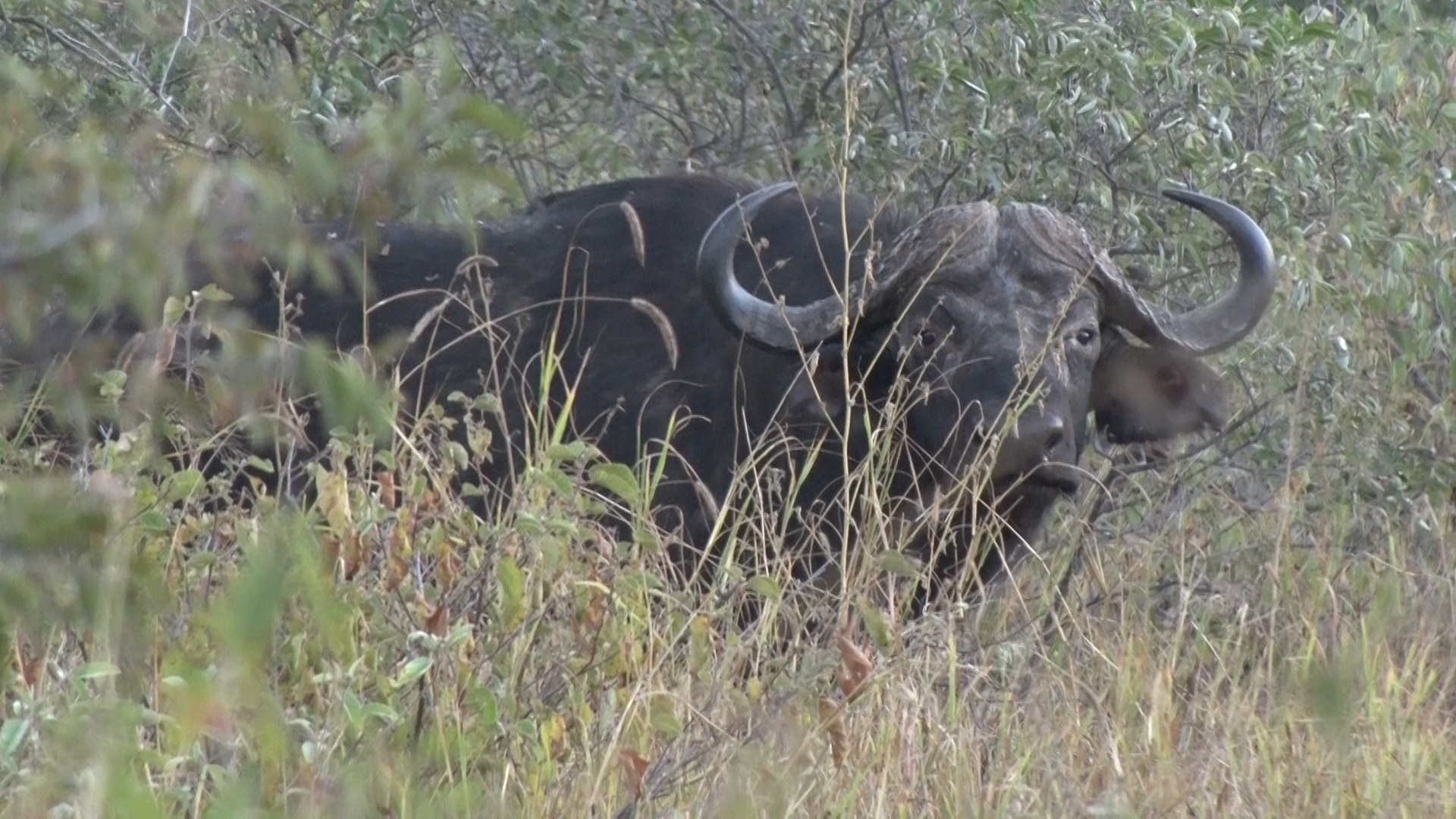The title is deliberately provocative because most formally protected wildlife areas in Africa adopt a management strategy that relies upon “letting nature take its course”. Why? I suggest that there are essentially two reasons:
- Most available funding for such areas is now spent on policing (anti-poaching) such that little remains for habitat management.
- The “protectionists”, who provide much of the funding, dictate policy.
How can the title’s assertion be justified?
- The mammalian biomass that any habitat can carry sustainably is primarily determined by rainfall and soil quality and can range from below 1 tonne/sq km to over 10 tonnes. Sustainable carrying capacity of herbivores is determined at a finer level by the amount of available food that is within range of a water source at the end of the dry season.
- To achieve desired biodiversity, the herbivore biomass will be composed of a wide range of species with different feeding strategies (bulk and concentrate grazers, mixed feeders and browsers). The ideal proportions within each feeding group will be determined in part by the nature of the habitat and, in part, by other factors such as predation.
- Means are available to assess the vegetative state of a habitat, to determine annual change and to assess the quantity of herbivores (grazing and browsing) it can carry at the end of the dry period without damage. (It will always be able to carry more during the growing season).
- By counting animal populations and having knowledge of how each species can be compared to another with respect to grazing/browsing requirements, one can discover whether overall stocking levels are matched to the vegetation available. If this happens to be the case, the biomass is said to be at ecological capacity.
- So-called ecological capacity is nothing other than a theoretical construct.Animals don’t know when they have reached this apparent threshold and their populations will overshoot, leading to overuse and habitat damage without management intervention. Slight changes of climatic factors, such as poor rainfall, can lead to population crashes. Such changes mean that there can be no absolute stability of habitat. When normal rainfall is re-established, populations can increase again. However, because of the previous overgrazing, there will have been an increase of increaser grass species at the expense of decreasers, leading to less nutritious grazing and less grazing because of bush encroachment. Thus, the expanding animal populations will hit the ecological threshold at a lower density than previously. Repeated cycles of overshoot will ultimately desertify the environment.
- Predators will obviously influence the above events, but they tend to have selective effects on the populations of different prey species with most influence exerted on meso- rather than mega- herbivores. It is likely that, without management intervention, meso-herbivores will be caught in a predator “trap” or “pit” such that their populations, reduced by, say, drought, will not recover consequent upon re-establishment of good rains. Total mammalian biomass may not change, leading to over-representation of mega-herbivores.
- Lion are the most influential predators and past wildlife managers would have been inclined to maintain them at so-called “Minimum Impact Density”, particularly in areas that were supplied with artificial water holes.Their aim was to reduce adverse impacts on other species and, particularly, to avoid predator traps.
- Elephant are the prime herbivore species to cause management concern.The species is not subject to much predation and populations can continue to expand well past the point of ecological capacity by over-browsing and tree destruction in the dry season. (This monogastric species is less adversely affected by the tannins in over-browsed vegetation that impacts ruminant browsers.) The elephant can, in effect, live beyond its means by exploitation of stored capital rather than relying upon annual income. In South Africa, good veldt supplies 12 browser/grazers units/sq km. One elephant of average size uses up 10 of these. Given that it is usually recommended that mixed feeders should represent no more than 25% of total biomass and that there are mixed feeders of species other than elephants, one might wish to see no more than one elephant/4 sq km of good veldt. As it is, many formally protected areas in southern Africa are carrying over five times this number and are approaching elephant monoculture with consequential loss of biodiversity and irreversible habitat damage.
A traditional wildlife manager was able, in the past, to employ a strategy known as “active adaptive management”. He would regularly monitor vegetation and animal numbers and proactively or consequently adjust them in the hope of achieving the type of habitat and range of biodiversity that were demanded of him. Because of unpredictable climatic and other events, his actions were not always as he would have wished in the short term. However, animal populations are resilient and, provided severe over-exploitation of habitat was avoided, no long-term damage was created. The tools available to managers were as follows:
- Creation of artificial water holes. This allows more of a protected area’s vegetation to be accessible and increases sustainable biomass. This can bring problems if “protectionism” (leaving it to nature) allows excesses of some species to result but can be avoided by use of the second management tool.
- Culling or translocation of surplus animals. This prevents over-exploitation of vegetation, allows balancing of species into appropriate feeding groups and generates income (meat or live animals).
- Creation of fire breaks, removing surplus grass and containment or destruction of bush encroachment.
Occasionally, other more expensive measures were adopted such as attempted eradication of invasive species and restoration of erosion gullies.
Conclusion: The modern concept of non-sustainable use conservation (passive management or leaving things to nature) only has a slim chance of working if applied to much greater continuous areas of habitat than are generally available in today’s anthropogenic environments. Otherwise, they will lead to gradual and long-term degradation of Africa’s wildlife estate. Furthermore, by transferring all value of wildlife products into criminal hands, poaching and the associated costs of fighting it are increased.


